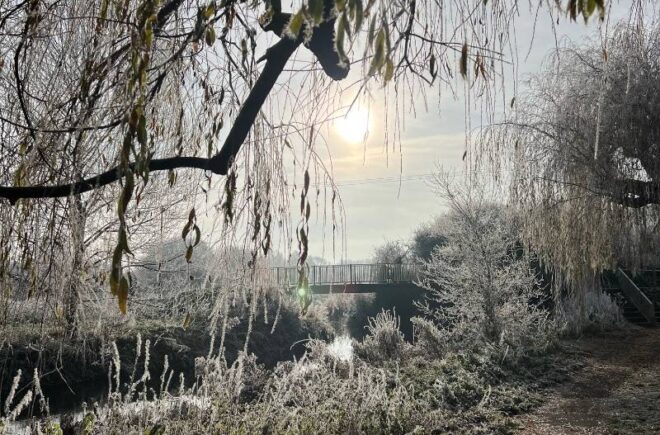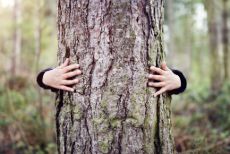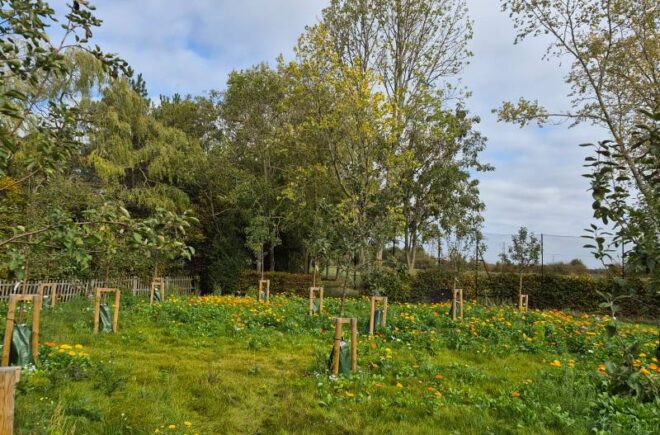August in Bloom: A Snapshot of Nature’s Wonders This Month
As we welcome in August, we want to make sure everyone makes the most of the final summer month. There’s plenty of wildlife and nature thriving this month, ready for you to explore. Spending time outside surrounded by the sounds of summer can be therapeutic and relaxing, helping us reconnect with nature and ourselves. Our guide for things to look out for should help you know what to look for!
If you visit our green spaces with meadows, grassland, and heathland then you will be welcomed by an insect orchestra. In the summer months, crickets and grasshoppers chirp to attract a mate and this sound will be projected from the undergrowth. Crickets and grasshoppers use differing techniques to produce this sound; cricket’s rub their wings together, whilst grasshoppers rub their back legs onto their wings. Listen out when you’re next on a summer’s day walk.
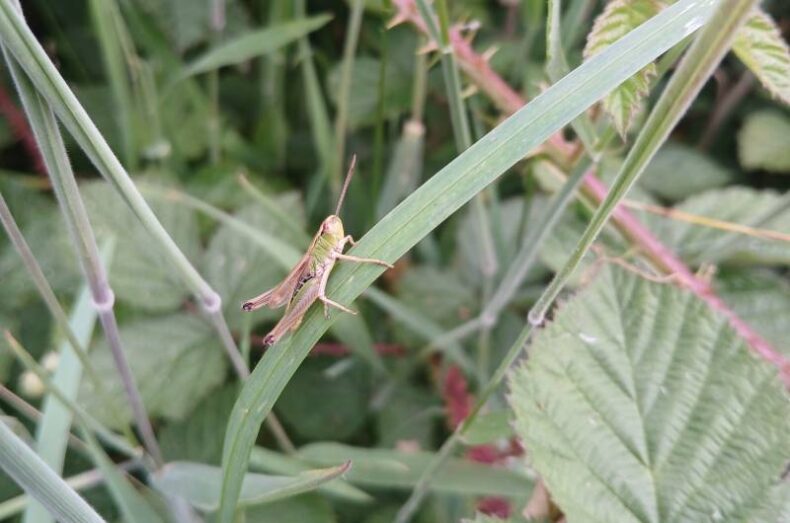
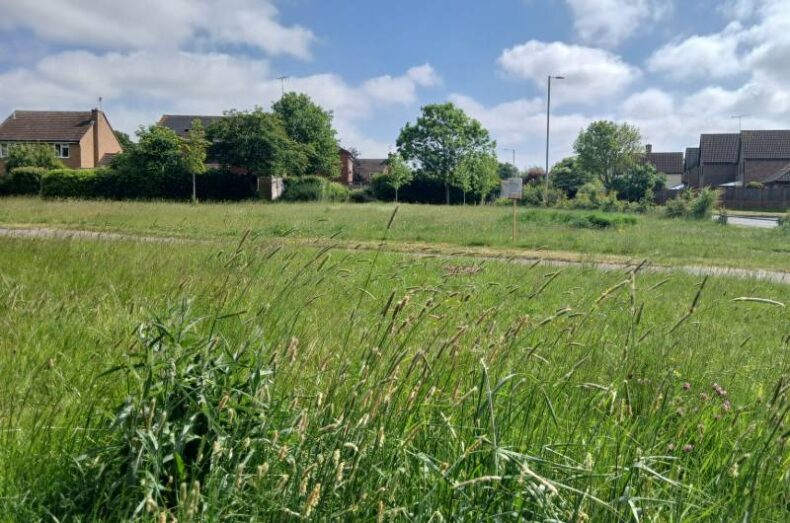
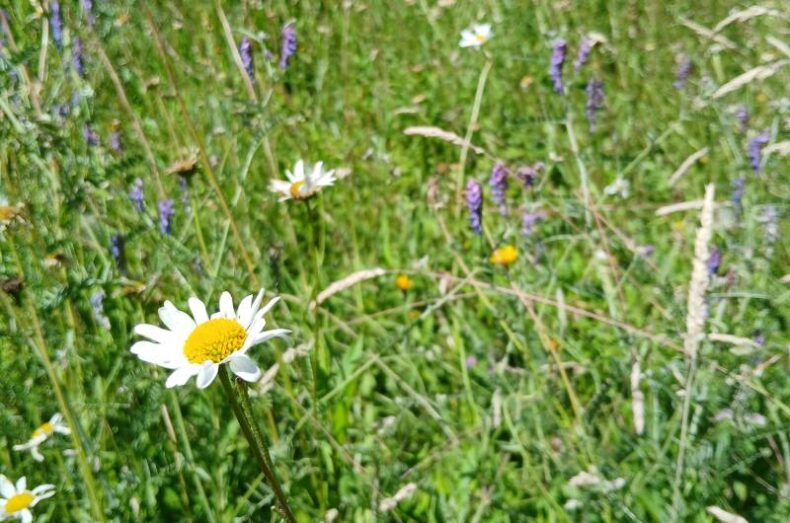
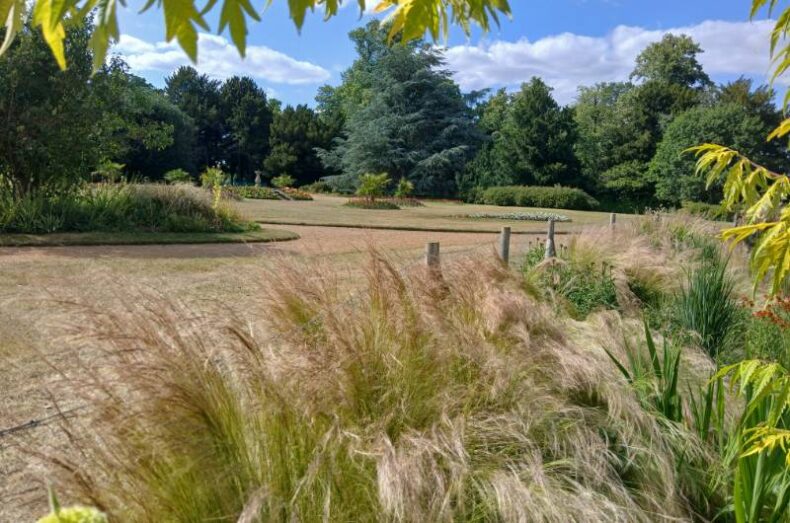
Images above: meadow grasshopper at Chelmer Valley LNR, wildflower and grassland at Copperfield Road Springfield, Wildflowers, ornamental grasses Hylands Park Estate
Following the ‘Big Butterfly Count’, we hope you have these winged creatures on your mind and are looking out for the many varieties taking flight this summer. Butterflies play an important role in our ecosystem as they are pollinators, allowing plants to reproduce. There are over 50 species of butterflies in the UK, so plenty to keep an eye out for. Such as the colourful Peacock, with it’s red, brown, yellow and blue wings, an easily recognisable beauty.
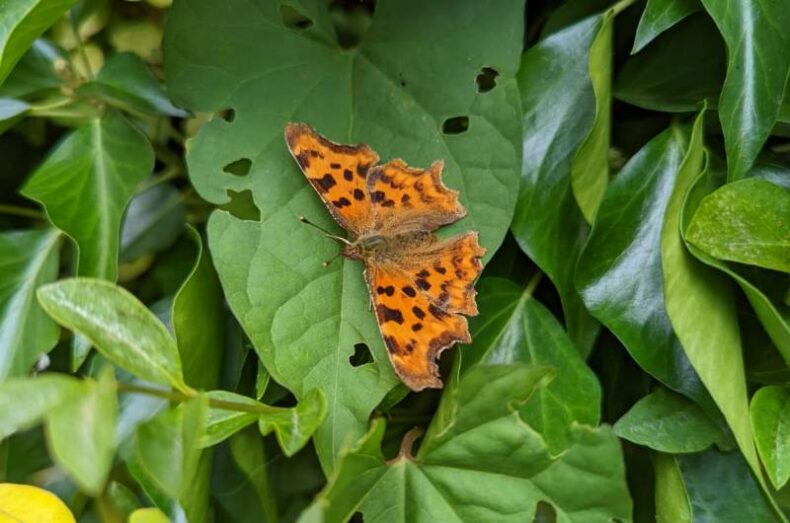
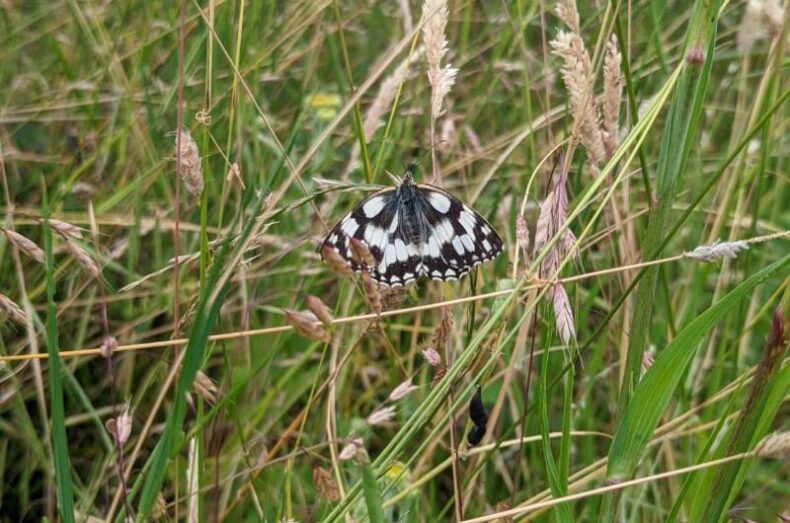
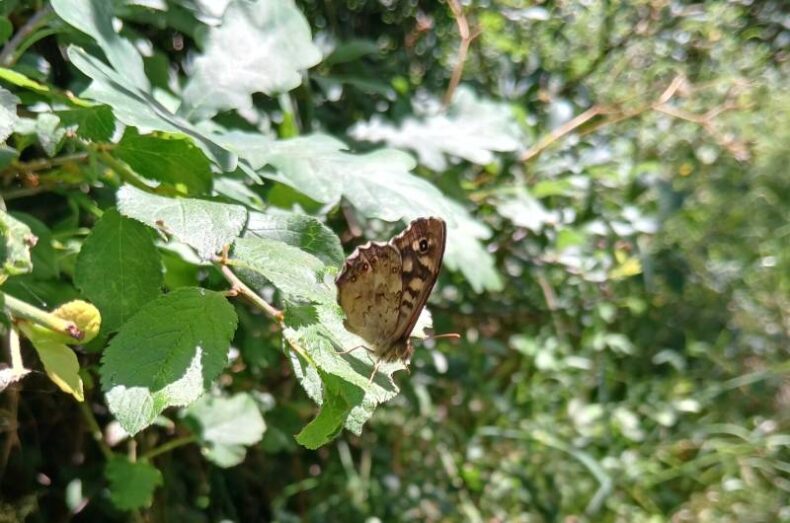
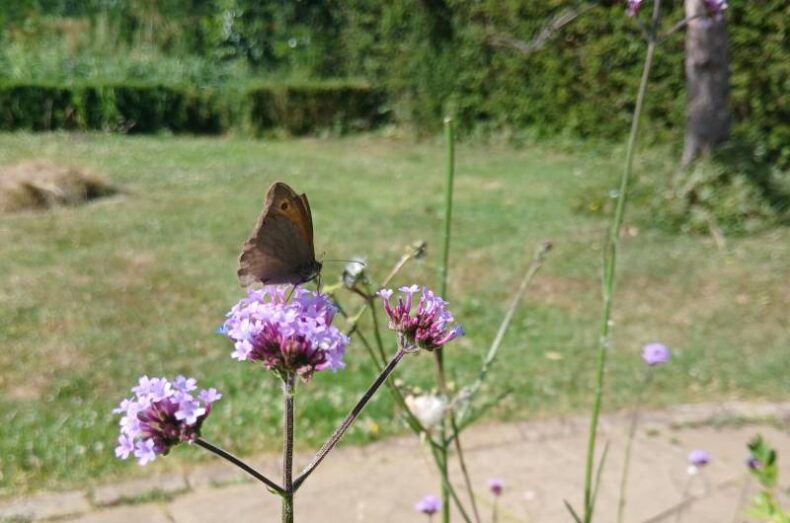
Images above – Butterflies: Comma, Marbled White, Speckled Wood, Meadow Brown.
Brambles are also making the most of the August sun and warmth, blooming in both urban and rural areas. Not only do they produce blackberries, which are an excellent food source for both birds and insects, but later in the month when the occasional bramble flower makes an appearance these are perfect for butterflies to feed upon.
In more rural areas, heathlands will appear as a carpet of purple. In late summer, heather bursts into flower and attracts a range of insects. Heather can live for over 30 years and when they are mature, heather plants can produce over 100,00 seeds every year which are dispersed by wind, animals and insects in the autumn months.

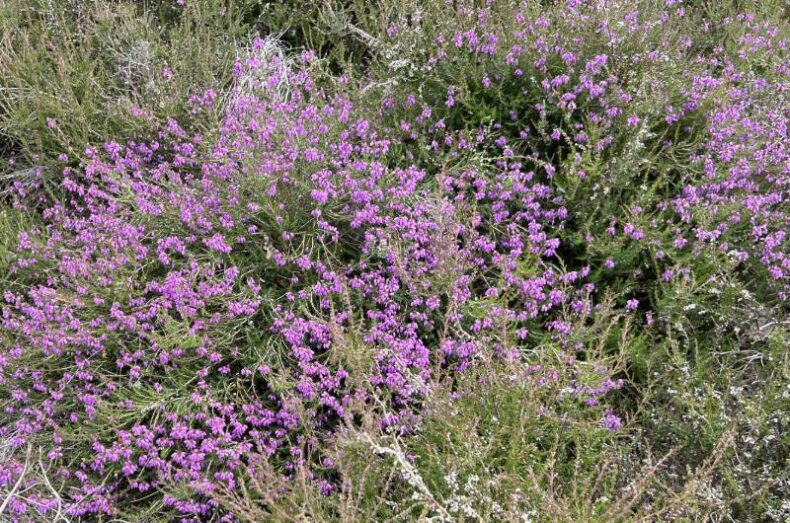
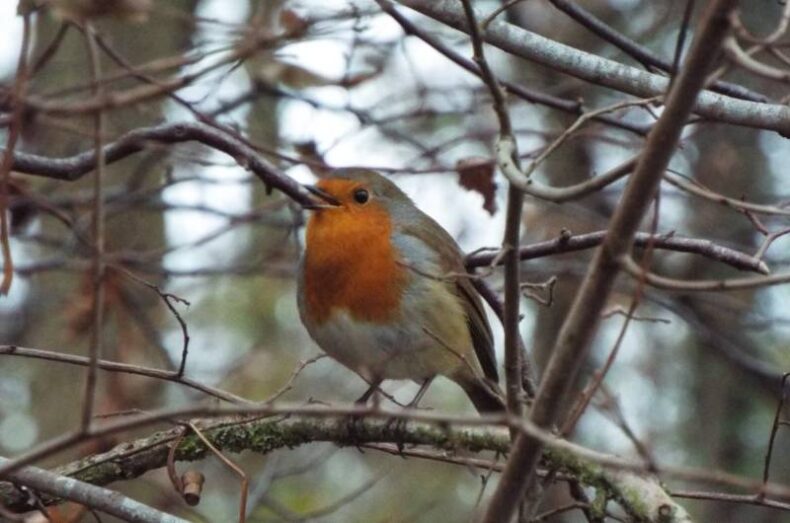
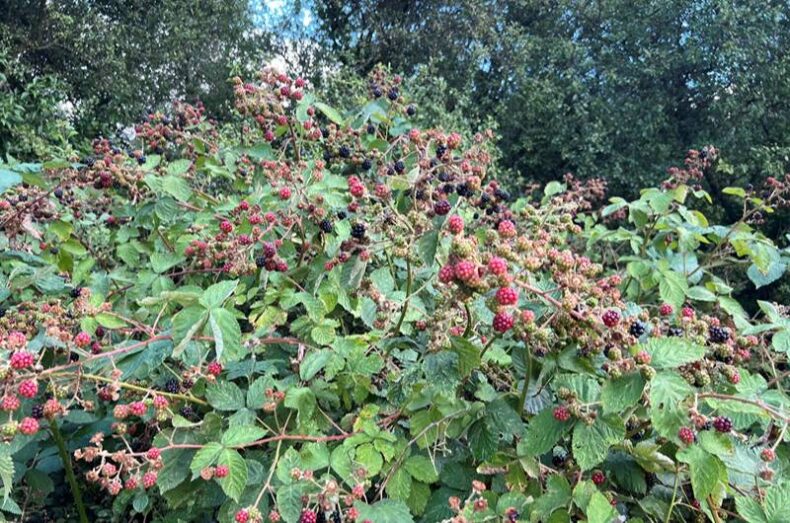
Images above: Heather and Close up Heather at Galleywood Common, Robin (Winter), Brambles
If you spend some relaxing time in your own garden or any green space across Chelmsford, then you may be lucky enough to hear the returning song of the robin. Through June and July, they keep a low profile while prioritising feeding their young. In August, they emerge singing their beautiful tune, and if you get to catch a glimpse of them, you will notice their bright red breast feathers. Robins go through moulting in late summer which explains the bright red colour.
Our August nature snapshot captures only a minute amount of the fantastic flora and fauna that you can observe in late summer. Whether you like to soak in the sun in your own garden, listening to the buzzing bees and counting the butterflies, or visit one of our parks to take a walk and enjoy the blooming flowers, we would love to see your wildlife spots and sights.
Article by: Issy Lyons (Marketing Officer, Events and Corporate)
Looking for inspiration to enjoy wildlife in your area? why not try;
